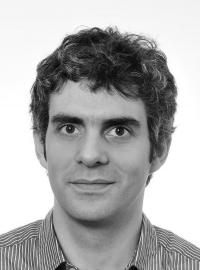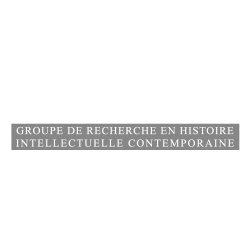The architects and the renewal of cultural relations between Switzerland and Germany after World War II
After the war, the question of cultural relations with the German neighbour remained something of a taboo within official institutions. The neighbour from beyond the Rhine was ostracised by the other nations and its cultural scene was either annihilated or dispersed abroad. First attempts to activate exchanges were primarily private initiatives, which were most often formed along the borders or by friendly relations among the organisers. In this context, architects played an important role.
There were cultural events in Constance, and in Schaffhausen Walter Ulrich Guyan, director of the “Museum zu Allerheiligen”, and the socialist national council Walther Bringolf organised an exhibition of young German artists.
By the end of 1946, however, the Federal Council announced that there were no obstacles to a renewal of cultural relations with the northern neighbour, without actually drawing up a detailed plan of action. Max Petitpierre expressed this position in the National council with his answer to a formal question of radical parliamentarian Ernst Boerlin. According to the Federal councillor from Neuchâtel, worried by the tensions between east and west in the wake of the Second World War, it was a necessity “to create European solidarity”, and to offer – not impose – “our intellectual and spiritual assistance.”
The members of Pro Helvetia regarded his speech as an encouragement to develop a programme in Germany. However, a reduced budget and the fear to turn into the “praeceptor Germaniae” put the brakes on actions of wider scope.
Against this difficult background, architecture began to stand out as the most dynamic artistic sector, mainly thanks to a collaboration, partly supported by Pro Helvetia, between the Swiss, Austrian and German sections of the “Werkbund”, a.
The Swiss German “Werkbund” – its Swiss French counterpart simply named “L’Oeuvre” – had been created after the German model in 1913. After the First World War the “Werkbund”, more so than “L’Oeuvre”, was influenced by trends from the north of the Rhine, such as the design of serial production and the Bauhaus.
During the 1930s and up to the end of the conflict, there was dissent in the Swiss organisation between those upholding a purified modernism and the other architects who had made concessions to the “Heimatstil”, e.g. in the context of the National exhibition of 1939. But the ties with German architects and graphic designers, some of them in exile in Switzerland, had been maintained. This tradition was at the core of the vigorous involvement of architecture in the process of resuming cultural relations with Germany. Another reason was Germany’s enormous need for concepts of reconstruction. From 1947 on, sections of the Werkbund regrouped in Germany and Austria. Already in 1949, an exhibition was organised in Cologne, titled “Neues Wohnen und deutsche Architektur seit 1945” (New Approaches to Housing and German Architecture since 1945). The Werkbund contributed a Swiss component, based on the exhibition “Die gute Form”, which was already on tour in Switzerland.
The secretary of Pro Helvetia, Karl Naef, was not convinced by an exhibition only consisting of photographs. Pro Helvetia, still little inclined to renew cultural relations with Germany, contributed only a small sum towards the show of the exhibition abroad.
The Werkbund’s magazine “Das Werk” differed in opinion and welcomed the open approach of Switzerland as a contribution to leading architecture on its path to modernity.
The exhibition had been designed by Max Bill. During the fifties the architect proved to be an important craftsman in regard to cultural relations between Switzerland and Germany in matters of architecture. He was a co-founder of the “Hochschule für Gestaltung” in Ulm, and served as its headmaster up to 1956.
Archives :
Expositions d’architecture en Allemagne 1948-1951 : AFS, E 9510.6, 1991/51/267.
Bibliography :
Deutscher Werkbund Nordrhein-Westfalen, http://www.deutscherwerkbund-nw.de/index.php?id=170.
Moos Stanislaus von, Esthétique industrielle, coll. Ars Helvetica 11, Disentis: Éditions Desertina, 1992.








